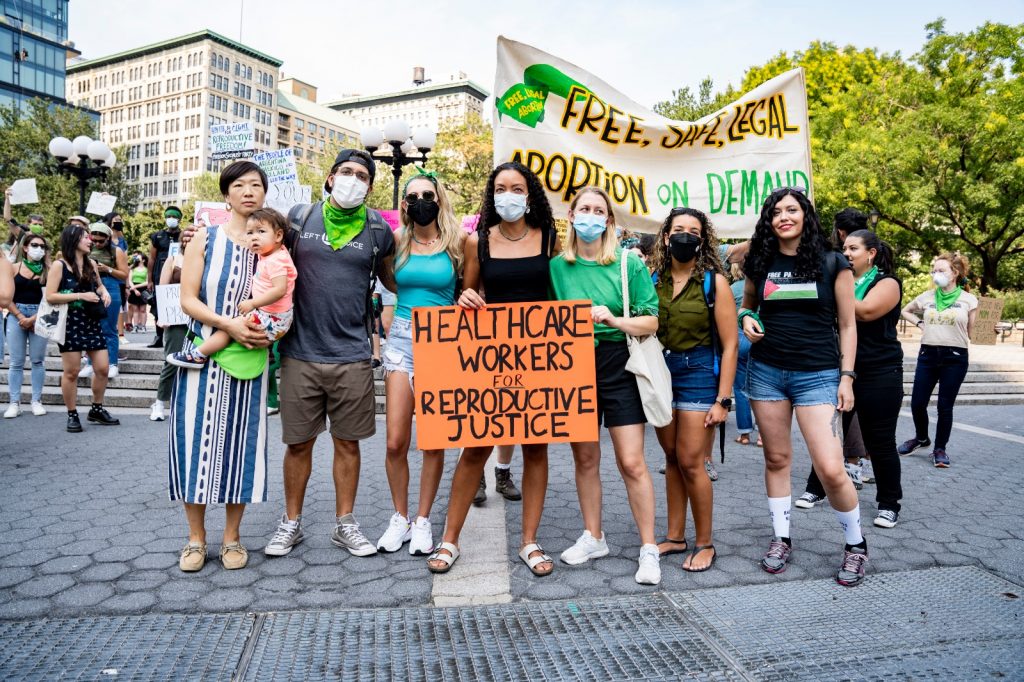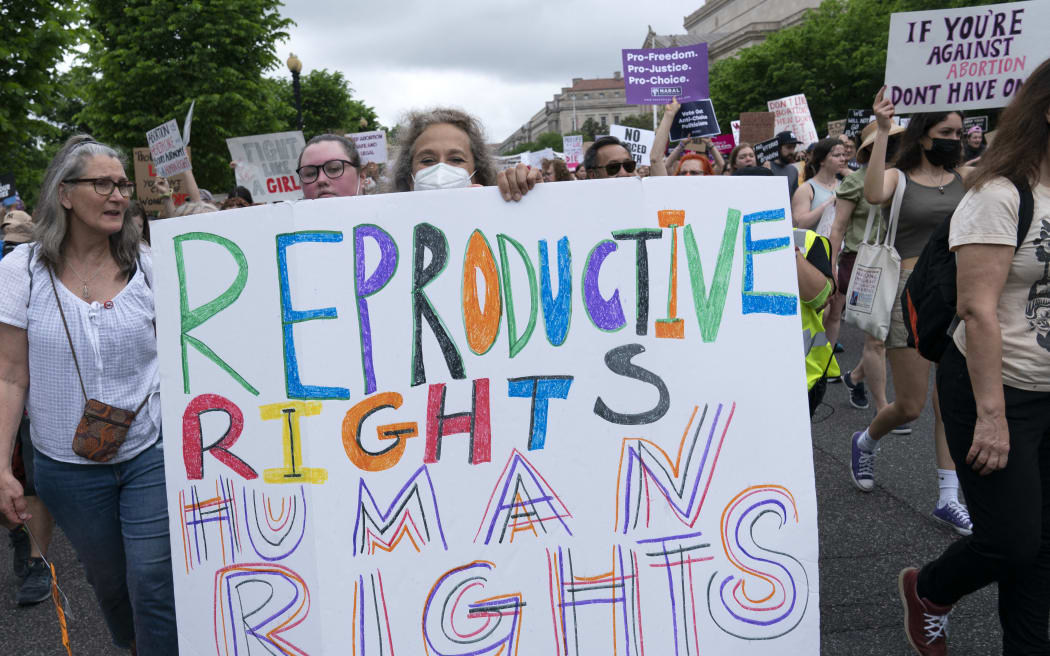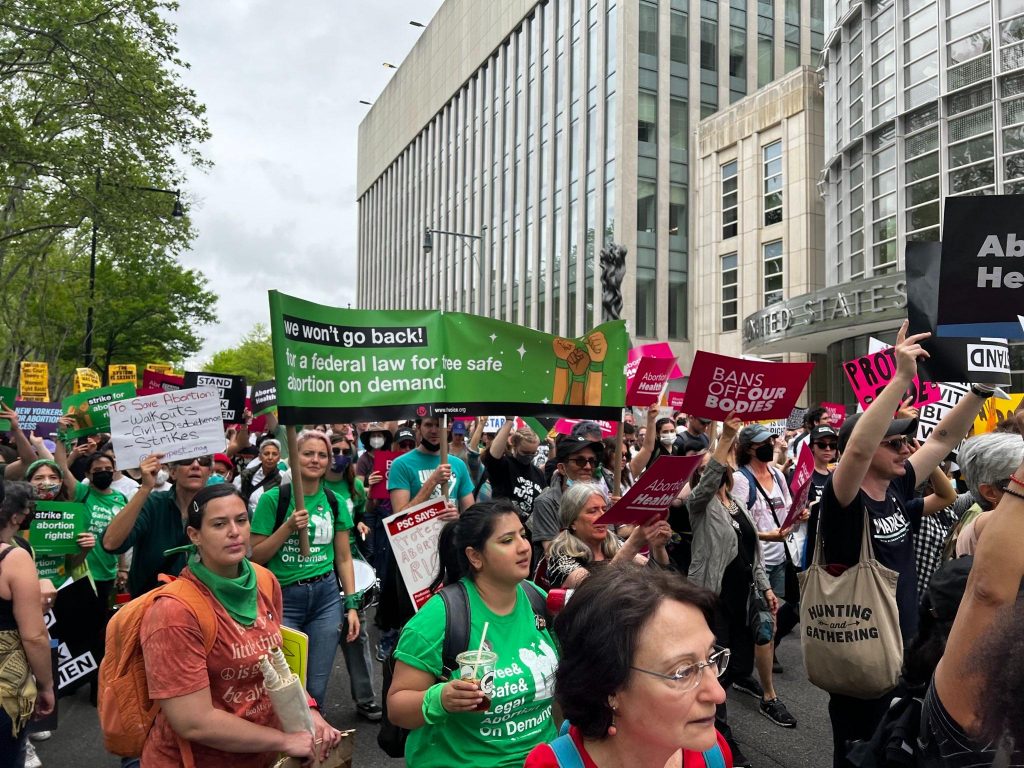Should the CCP target China’s richest 1 per cent?
Author: Yvette To, CityU
Pursuing ‘common prosperity’ is one of the latest strategic goals of the Chinese Communist Party (CCP). This new initiative aims to reduce social inequality through primary income distribution, government-led redistribution efforts such as regulation, and social philanthropy. While the concept is not new, some of the necessary policies are.
![]()
Responding to an increasing urban–rural gap, former president Jiang Zemin emphasised the need to ‘raise the proportion of the middle-income group and increase the income of the low-income group’ to achieve common prosperity back in 2002. President Xi Jinping reinvoked the concept of common prosperity in August 2021. Some see the idea of common prosperity as embedded in China’s socialist ideology — but from a governance perspective, the new policy direction is considered timely and pragmatic as income and wealth gaps in China have worsened due to the pandemic.
So far, the CCP’s new initiative of reducing wealth gaps has put Chinese tech giants under the spotlight. These companies have become some of the fastest growing in China, with their founders among China’s richest.
When Xi stressed the need to ‘reasonably regulate excessively high incomes’ to narrow social inequality, China’s tech billionaires, one by one, pledged additional corporate and personal donations to common prosperity programmes. Alibaba and Tencent each pledged 100 billion RMB (US$15.5 billion) towards various social programmes. They were followed by Pinduoduo with a 10 billion RMB (US$1.5 billion) donation to help rural residents in China. Zhang Yiming, founder of Bytedance, donated 500 million RMB (US$77 million) to set up an education fund in his home city. Wang Xing, founder of Meituan, also donated US$370 million through his own charitable foundation.
Social philanthropy aids wealth distribution by encouraging the rich to return more to society. Over the past few years, social philanthropy in China had been led by domestic tech giants even before the latest government pressure set in. In addition to establishing dedicated charitable funds, internet companies offer their platforms for mass charitable events such as Tencent’s annual ‘99 Giving Day’. Jack Ma of Alibaba, Ma Huateng of Tencent and Zhang Yiming of ByteDance were among the top five philanthropists in China in 2011.
By international standards, Chinese tech companies do not trail their foreign counterparts in philanthropy efforts. Take their response to COVID-19 as an example. Statistics from Foundation Maps show that Bytedance, the parent company of TikTok, is second only to Alphabet/Google in philanthropic contributions to COVID-19 relief. In fact, Bytedance contributed a higher percentage (0.47 per cent) of company revenues during 2020–2021, compared with Alphabet/Google at 0.32 per cent. Alibaba, with combined revenues amounting to just one-third of Amazon’s, committed US$90 million more than Amazon to global programmes relating to the pandemic.
Now, under a new political environment, Chinese tech billionaires are pledging even more funds to alleviate poverty in China. For the CCP, putting pressure on tech companies and entrepreneurs to scale up donations is a convenient tactic for the time being, but this should not divert policymakers’ attention from other important measures that are critical to improving social equality.
What China needs is more than just a continuous flow of donations, but effective programmes that target new causes of wealth gaps.
For example, given that children in China are entitled to nine years of free education, access to primary education is less a problem now than access to quality education in rural areas. Poor resource allocation and management often hinders the delivery of quality education in villages. In this respect, Jack Ma’s Rural Teacher Award and Rural Principal Award — launched in 2015 and 2016 respectively — have contributed to reducing urban–rural inequality. The awards recognise outstanding teaching and school management in villages and provide funding to support ongoing professional development of rural teachers.
The proliferation of corporate-led common prosperity funds — in part a response to political pressure — is welcome. After all, it is the implementation of dedicated projects and an efficient allocation of funds to tackle real causes of inequality that will promise effective outcomes for poverty alleviation.
Still, relying on the goodwill of the wealthy will only partially contribute to social equality. Previous scandals of government-organised non-governmental organisations have, to some extent, undermined public confidence in charitable organisations. Increasing the transparency of these organisations to reduce public scepticism of social philanthropy is needed.
In the long run, China should address the fundamental causes of urban–rural disparities and wealth gaps. In addition to redistributing wealth from the rich to the poor, policies that target primary income distribution, reform the tax system and broaden social benefits available to migrant workers will be necessary.
The 300 million migrant workers in China constitute a sizeable population of low-income individuals who are deprived of adequate social benefits. Reforming hukou — the Chinese household registration system — will have positive impacts on their social mobility. Extending the property tax scheme for luxury properties (a pilot scheme that is running in Shanghai and Chongqing) and introducing an inheritance tax (which is common in many advanced economies) will be further steps to reduce wealth gaps.
Yvette To is a Postdoc in the Department of Asian and International Studies at the City University of Hong Kong.
/cloudfront-ap-southeast-2.images.arcpublishing.com/nzme/JFHJUF6CDHG5N2QKTVQCJOBEEM.jpg)




